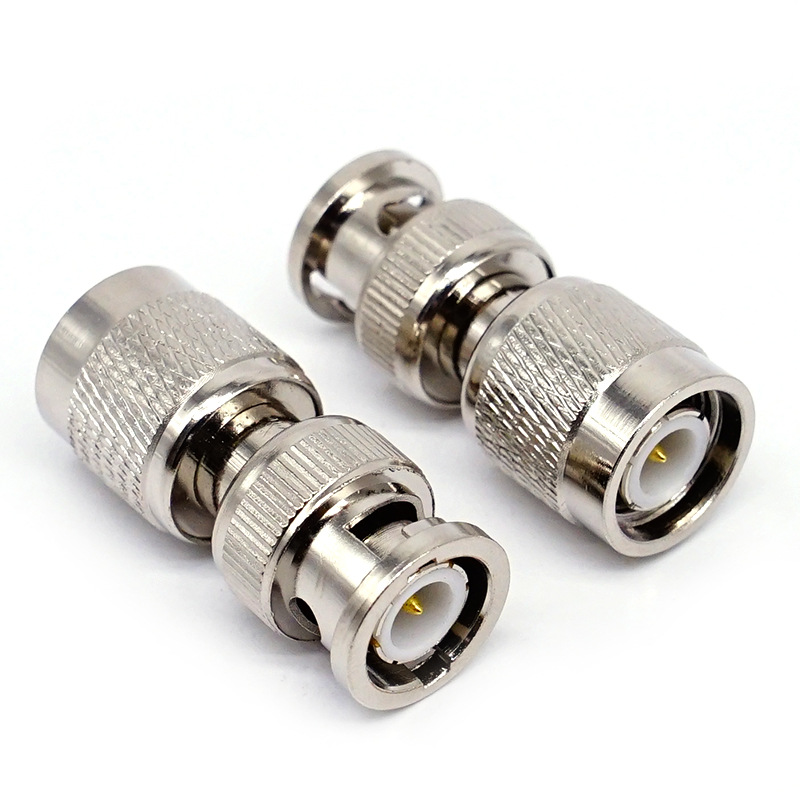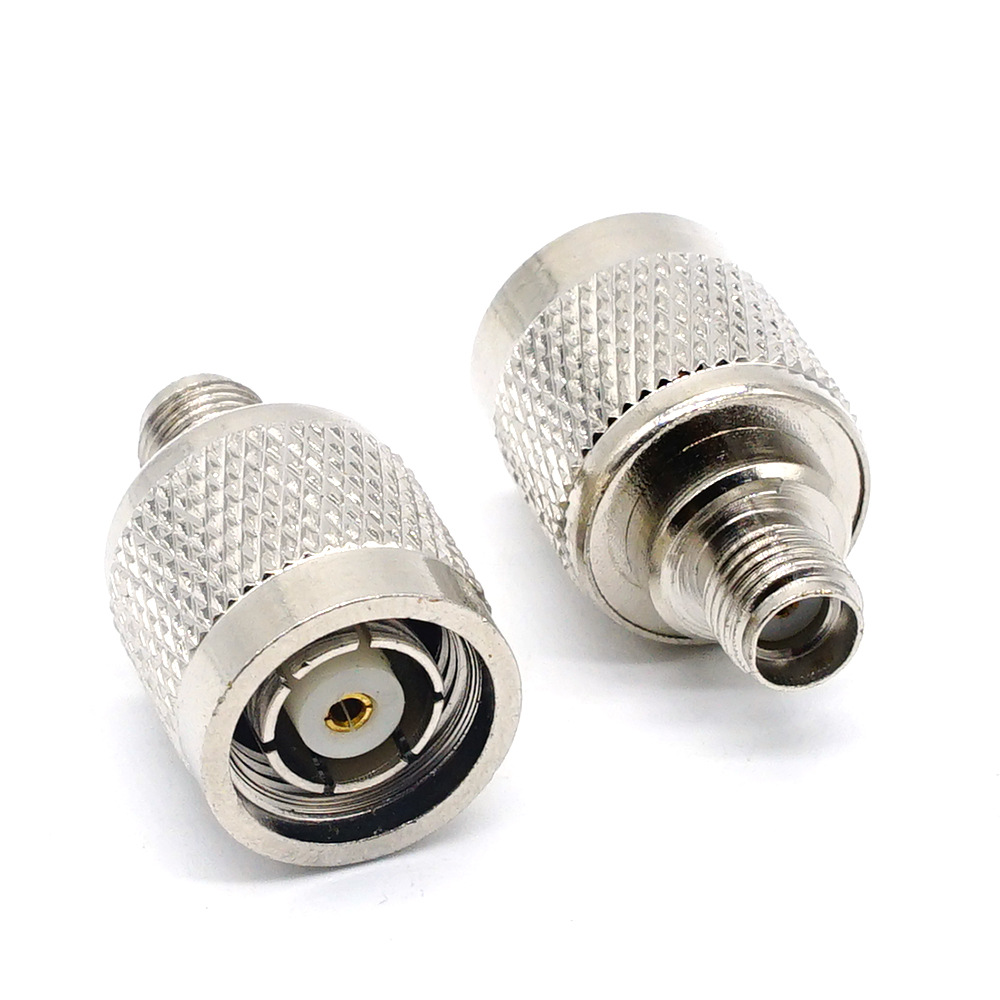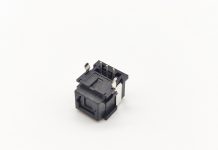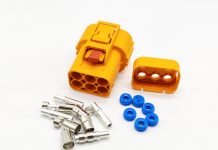According to industry data, the TNC connector is the threaded version of the BNC connector. The full English name is Thread Neill-Concelman (threaded connector). For small and medium power occasions use.
The TNC series products are developed and produced in accordance with the US military standard ML-C-39012, which meets the requirements of the national military standard GJB681, and the connecting thread is 7/16-28UNEF. Therefore, it can be interconnected with similar products at home and abroad. TNC type radio frequency connector, working frequency up to 6GHz, has the characteristics of low voltage standing wave ratio, stable performance, and high reliability. It is widely used in mobile phones, aviation control, telemetry, Bluetooth and GPS components, wireless base stations, microwave communications, radar, network equipment, antenna brackets, machine-to-machine communications, security equipment, testing equipment, etc.
The structure of the TNC connector is divided into two types, male or female, with standard polarity or reverse polarity, and the impedance specification is 50 ohms. The shape is divided into straight type or 90 degrees right angle type, partition type, 4-hole panel type, or installation-free type. The termination methods of these TNC connectors are clip/welding, crimping/welding, welding, or welding/welding.

What is the difference between a BNC connector and a TNC connector
In the component industry, BNC connectors and in connectors are two common radio frequency products. Both products have their own characteristics. Now, what is the difference between the two, can you answer it?
The difference between BNC connector and TNC connector:
BNC connector: The applicable frequency range is 0~4GHz. It is a coaxial cable connector with a bayonet connection mechanism for low power. This kind of connector can be quickly connected and separated, has the characteristics of a reliable connection, good vibration resistance, and convenient connection and separation. It is suitable for frequent connection and separation occasions and is widely used in radio equipment and test instruments to connect coaxial radio frequency cables.
TNC connector: The TNC connector is a modification of the BNC connector. It uses a threaded connection mechanism for connecting coaxial cables in radio equipment and test instruments. The applicable frequency range is 0~11GHz.
What is the difference between the antenna SMA interface and the TNC interface?
SMA antenna interface: The full name of the antenna interface of SMA should be the SMA inverse male connector, that is, the antenna connector is internally threaded and the inner contact is a pin (one end of the wireless device is an outer threaded inner contact is a tube). Wireless devices with this interface are the most popular. More than 70% of APs, wireless routers, and more than 90% of wireless network cards with PCI interfaces use this interface. This interface is moderate in size, and there are many other devices such as handheld walkie-talkies. Type, but the needle and tube inside are opposite to the wireless device.

Wireless APs and wireless routers using this interface include most of the civilian equipment. The antenna interface of SMA should be SMA, and SMA and RP-SMA are different. There are many types of SMA. One difference in polarity is called “SMA” and the other is called “RP-SMA”. The difference between them is: the standard SMA is: “external thread + hole”, “internal thread + needle” “, RP-SMA is: “external thread + needle”, “internal thread + hole”.
Antenna with TNC interface: The full name of the antenna interface of TNC should be TNC inverse male connector, which is thicker than SMA. There is a metal shield between the external and internal contacts of the antenna connector. Most wireless devices use this interface.
After the above introduction, everyone should have a clear understanding of this TNC adapter and be able to distinguish them. This will be very helpful to your future production and purchasing work. If you have any other product-related questions, please email us. We will definitely answer your questions as soon as possible. Finally, I wish everyone a smooth production and procurement work.
























